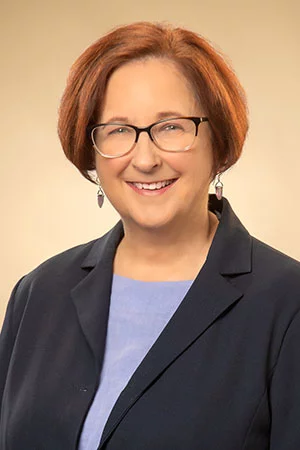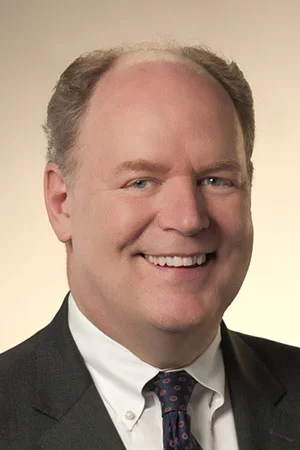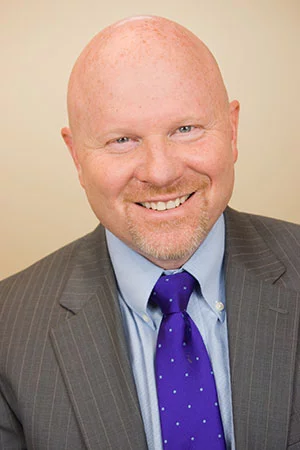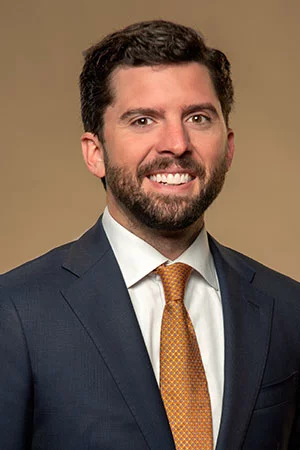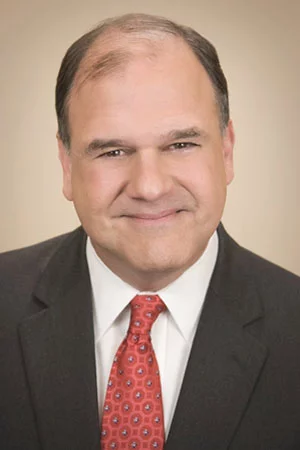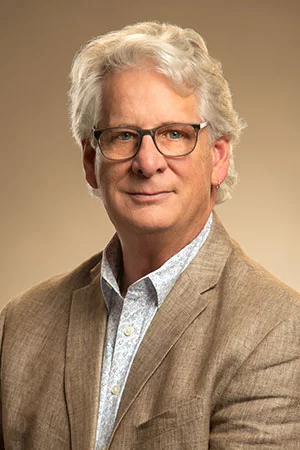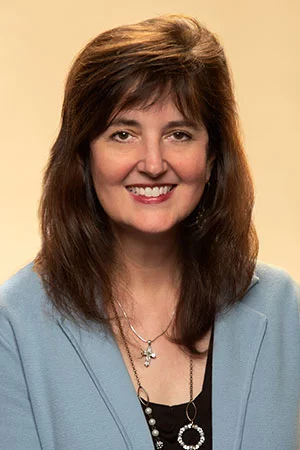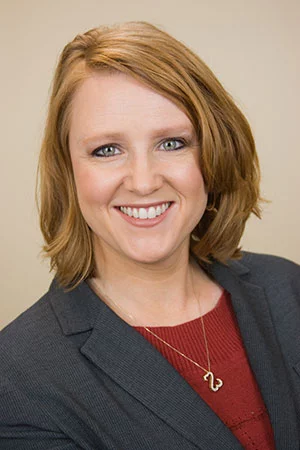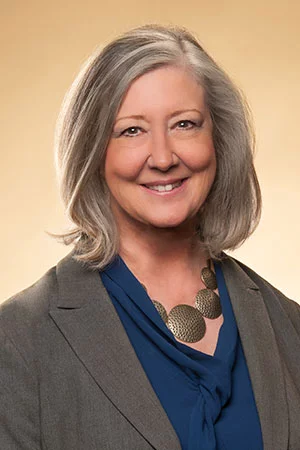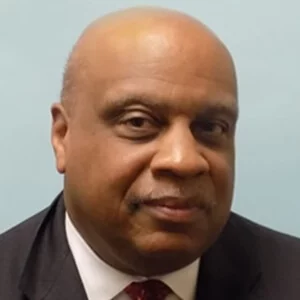By: MELANIE KILGORE-HILL
Published: September 14, 2017
Specialists Address Disturbing Trends, Skyrocketing Death Rates
More than 2.5 million Americans suffer from opioid use disorder, which contributed to more than 33,000 overdose deaths in 2015, according to figures from the Centers for Disease Control and Prevention. Fortunately, a growing number of treatment options are helping to break the addiction cycle and bring healing to families in Middle Tennessee and beyond.
The New Face of Addiction
“Once upon a time, opioid addiction was limited to healthcare professionals with access,” said Chapman Sledge, MD, FASAM, chief medical officer at Cumberland Heights.
An addiction specialist for more than 20 years, Sledge said programs like Cumberland’s primarily treated those suffering from alcoholism a decade ago. Fast-forward to 2017, and the 50-year-old program regularly sees housewives, teenagers and executives – all patients addicted to prescription opioids and, more recently, heroin.
“Eight years ago you rarely saw heroin in Nashville,” Sledge said. “When Tennessee became more aggressive with the Controlled Substance Monitoring Database Program, it cut down on multiple prescriptions from multiple prescribers, which tightened up the illegal supply and drove cost up.”
To help prevent abuse, pharmaceutical companies also made the drugs less dissolvable. That shift opened doors for mom-and-pop heroin dealers to set up shop, offering an alternative that’s cheaper, easier to get, and more potent than prescription opioids. Today, heroin is often the most popular opioid for first-time users, leading to more overdose-related deaths than ever.
 “The thing that’s a game-change is the rate at which people are dying and the desperation among families,” Sledge said. “It’s so incredibly dangerous because the potency has changed. With prescription opioids, we knew what to expect from a single dose … but with heroin, it’s difficult to judge potency.”
“The thing that’s a game-change is the rate at which people are dying and the desperation among families,” Sledge said. “It’s so incredibly dangerous because the potency has changed. With prescription opioids, we knew what to expect from a single dose … but with heroin, it’s difficult to judge potency.”
Evolving Therapies
Enter medication-assisted therapy (MAT) including fast-acting opioid antagonist drugs, now a standard in pharmacies and emergency departments nationwide. In fact, certain antagonist therapies are available without a prescription in many states, including Tennessee.
Also growing is the number of in- and out-patient treatment options now available. At Cumberland Heights, patients undergo an evidence-based, 12-step recovery process that focuses on spiritual healing, as well as physical. In 2016 the program treated more than 2,000 men, women and adolescents through their two main campuses and 11 outpatient offices.
A Lifelong Journey
While inpatient treatment programs traditionally last 30-60 days, those with substance abuse disorders typically face a lifetime struggle with addiction. “We understand that this is a potentially lifelong disease, and we provide medications for that.”
Breaking the Cycle
Like Sledge and Lee, Russo-Appel said the stigma around addiction is changing. “Many believe addiction is found in the lower socioeconomic class or the homeless, but it’s startling to see the number of high functioning, well educated people battling this,” she said. That’s because addiction so often starts with a valid prescription for chronic pain. “PCPs and other providers are all coming into an understanding that this has gotten out of control,” she said. “We now have task forces and doctors signing pledges on how to prescribe opioids moving forward.”
Russo-Appel said stopping the addiction cycle begins with prevention efforts as early as grammar school. “We need more awareness programs and access to care,” she said. “The heart of our mission is access. How do we get treatment to as many people as we can?”


